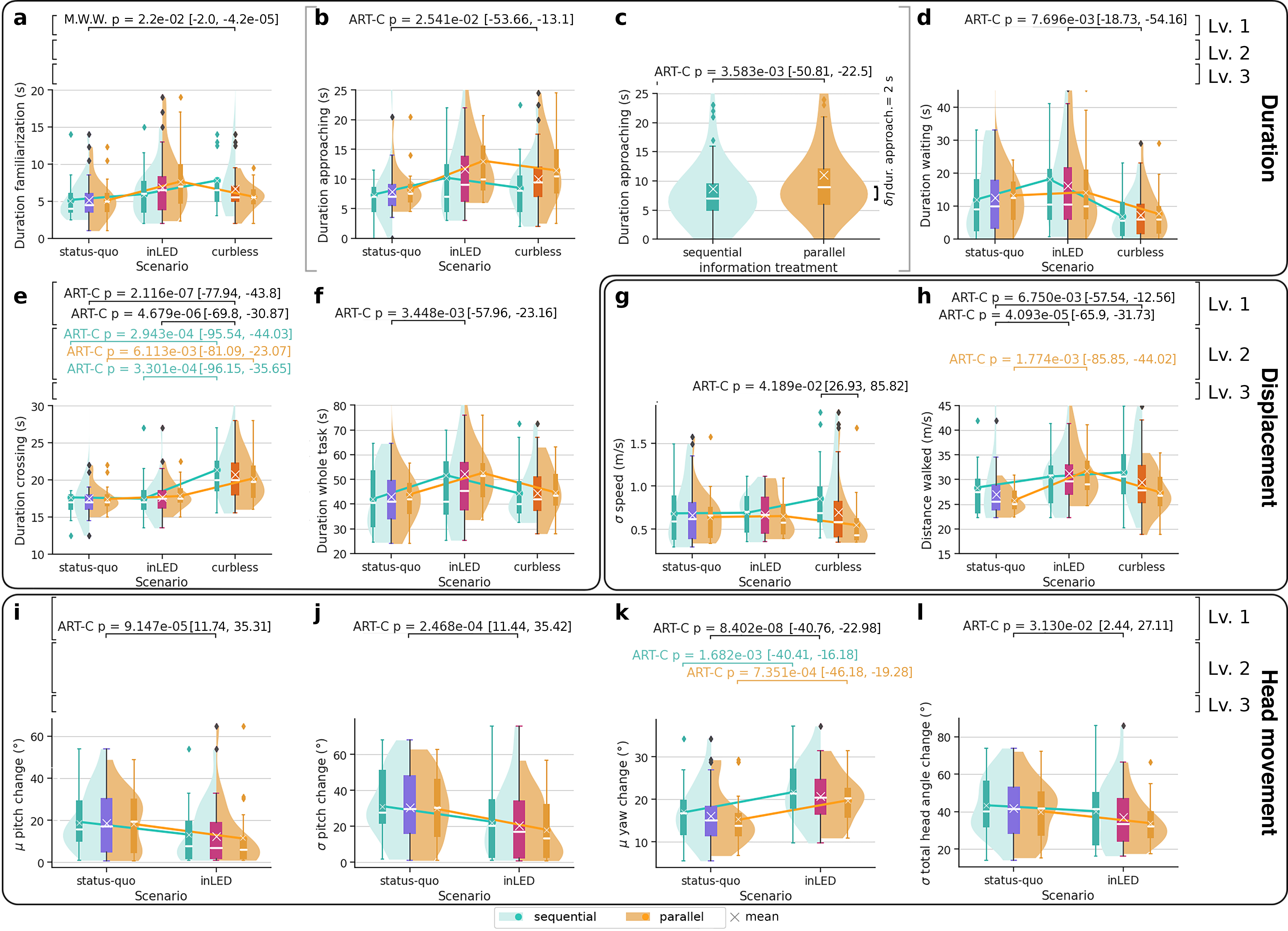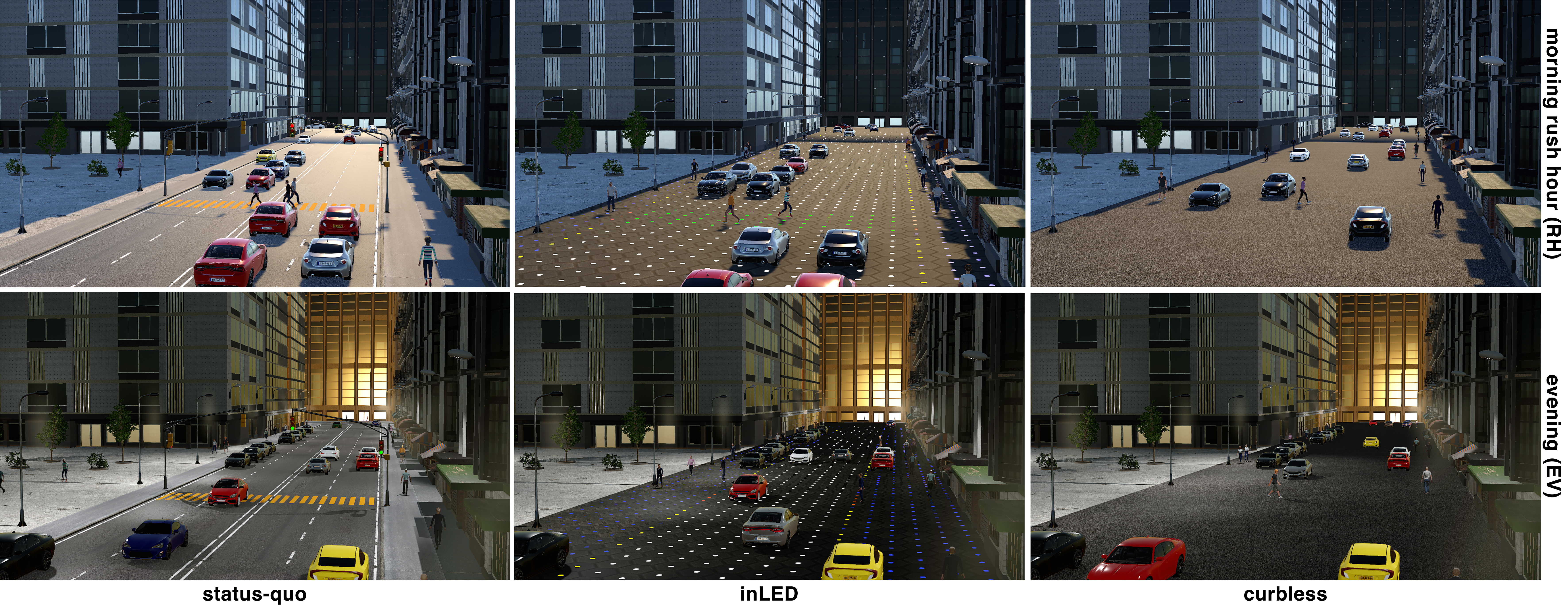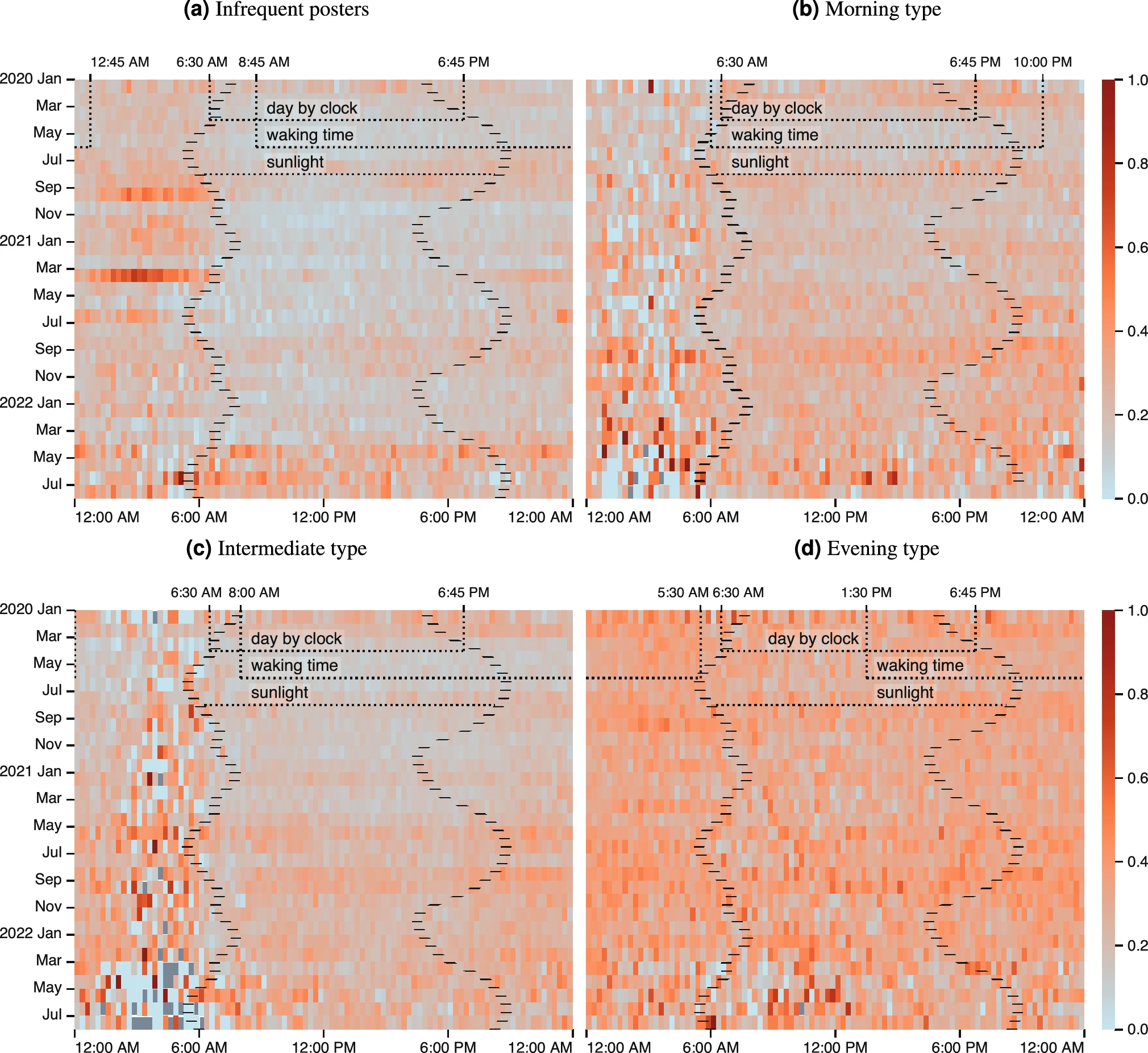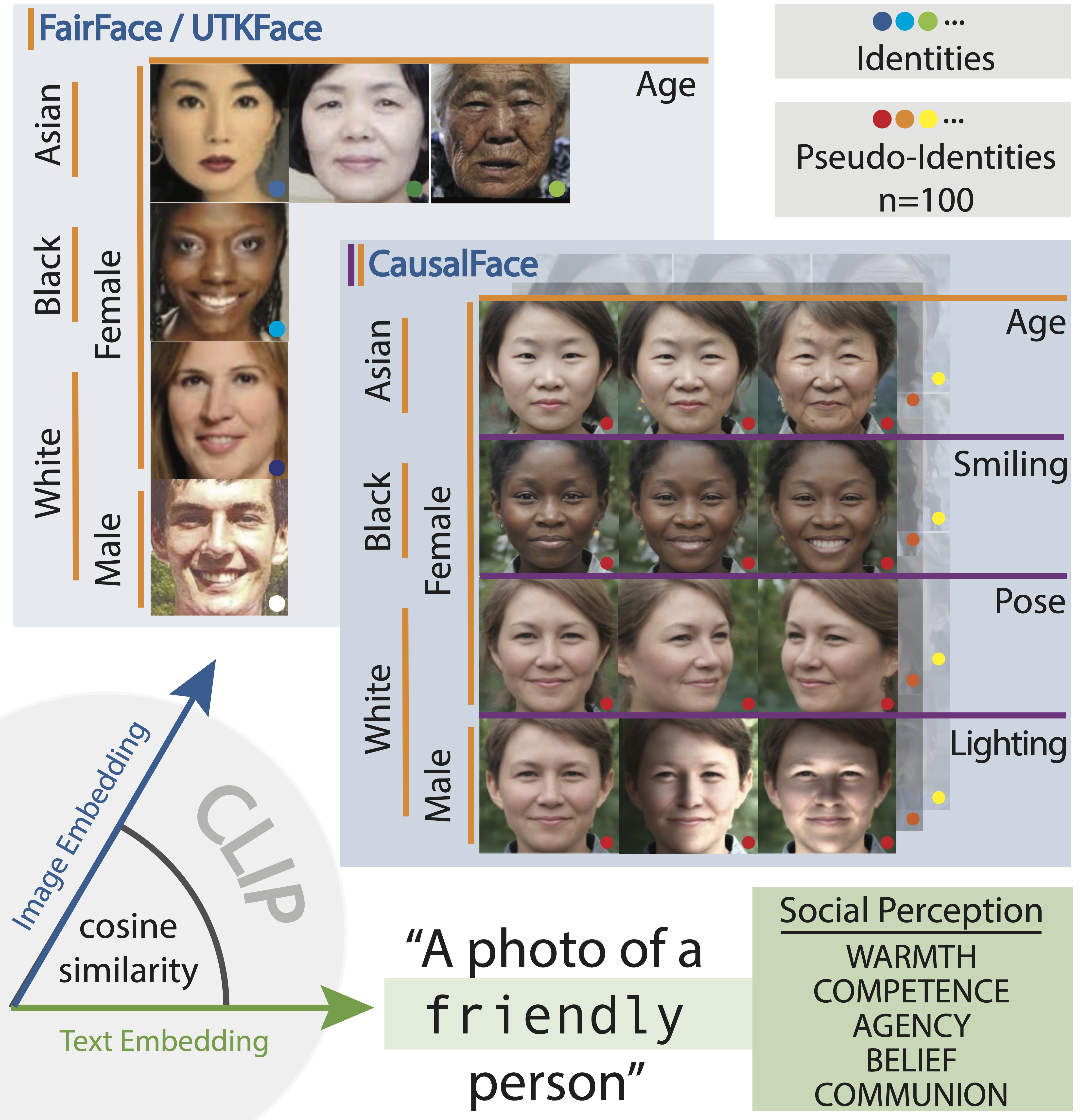The current allocation of street space is based on expected vehicular peak-hour flows. Flexible and adaptive use of this space can respond to changing needs.
 Participants crossed a street wearing VR headsets in three different design scenarios: conventional traffic light controlled pedestrian crossing (\emph{status-quo}, left), dynamic pavement for right-of-way allocation (\emph{inLED}, centre), and flat street (\emph{curbless}, right). Additionally, each traffic scenario was presented for two different times of the day with distinctive lighting, use, and traffic conditions: morning rush hour (top row) and evening traffic (bottom row).
Participants crossed a street wearing VR headsets in three different design scenarios: conventional traffic light controlled pedestrian crossing (\emph{status-quo}, left), dynamic pavement for right-of-way allocation (\emph{inLED}, centre), and flat street (\emph{curbless}, right). Additionally, each traffic scenario was presented for two different times of the day with distinctive lighting, use, and traffic conditions: morning rush hour (top row) and evening traffic (bottom row).
To evaluate the acceptability of flexible street layouts, several urban environments were designed and implemented in virtual reality. Participants explored these designs in immersive virtual reality in a mixed factorial experiment, in which we analysed self-reported, behavioural and physiological responses from participants. Distinct communication strategies were varied between subjects. Participants’ responses reveal a preference for familiar solutions. Unconventional street layouts are less preferred, perceived as unsafe and cause a measurably greater stress response.
Information provision focusing on comparisons lead participants to focus primarily on the drawbacks, instead of the advantages of novel scenarios.
When being able to freely express thoughts and opinions, participants are focused more on the impact of space design on behaviour rather than the objective physical features themselves. Especially, this last finding suggests that it is vital to develop new street scenarios in an inclusive and democratic way: the success of innovating urban spaces depends on how well the vast diversity of citizens’ needs is considered and met.
 Behavioural responses
Behavioural responses
Citation
Link to our paper: Scientific Reports
Argota Sánchez-Vaquerizo J, Hausladen CI, Mahajan S, Matter M, Siebenmann M, van Eggermond MA, Helbing D. A virtual reality experiment to study pedestrian perception of future street scenarios. Scientific reports. 2024 Feb 25;14(1):4571.





